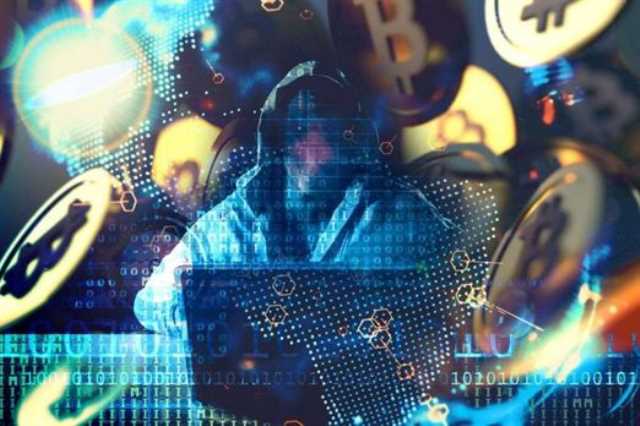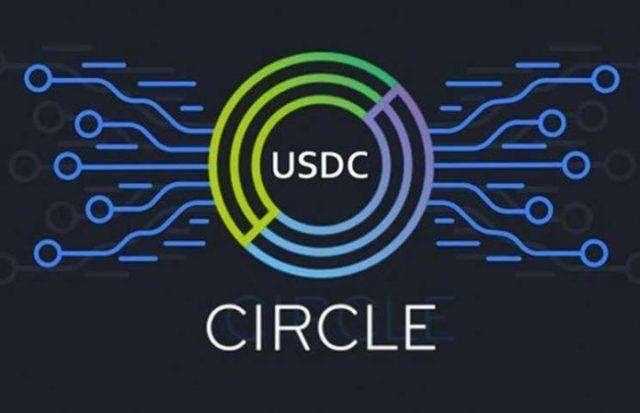
Although its potential use cases are many and various, it’s important to remember that wide-scale adoption hasn’t quite begun. In short, blockchain has the potential to revolutionize almost every digital operation we know today, from sending What is a Blockchain Protocol payments and issuing contracts to undergirding complex industrial and government operations. The phrase “metaverse” refers to a virtual reality that is shared by millions of users and allows for virtual object and person interaction.
What is Blockchain?

After a block has been added to the end of the blockchain, previous blocks cannot be changed. Because of the decentralized nature of the Bitcoin blockchain, all transactions can be transparently viewed by downloading and inspecting them or by using blockchain explorers that allow anyone to see transactions occurring live. Each node has its own copy of the chain that gets updated as fresh blocks are confirmed and added. This means that if you wanted to, you could track a bitcoin wherever it goes. For instance, the Ethereum network randomly chooses one validator from all users with ether staked to validate blocks, which are then confirmed by the network. They feature selective transparency, which allows blockchain admins to restrict specific parts of the blockchain to certain participant pools while maintaining public visibility over the rest of the thread.

Best Crypto Wallets: Top Picks for 2024
- Anyone with an Internet connection can send transactions to it as well as become a validator (i.e., participate in the execution of a consensus protocol).[71][self-published source?
- This is because the rate at which these networks hash is exceptionally fast—the Bitcoin network hashed at a rate of 566–657 exahashes per second (18 zeros) between May and June 2024.
- One of the largest cryptocurrency exchanges, Binance, uses this consensus protocol.
- Its first traces, however, go all the way back to the 1970s, when computer scientist Ralph Merkle patented Hash trees, also known as Merkle trees, that makes cryptographic linking between blocks of stored data possible.
- Blockchain technology creates efficiencies that potentially extend far beyond digital currencies.
- Understanding these trends will help you stay ahead in the rapidly changing digital security landscape.
- It also became a platform for dApp development and dApps such as Cryptokitties, Brave, and PundiX were developed on it.
In addition to its interoperability, this consensus mechanism is also quite scalable and secure. The Ethereum network is fast gaining popularity and is currently regarded as the second-largest blockchain network. Ethereum is designed to achieve decentralization through a smart contract mechanism.
Jobs & Salary in Blockchain
The upgrade, known as the “Chang hard fork,” is a major milestone in Cardano’s roadmap, punctuated by the much-awaited addition of smart contract functionality in 2021. Couples are increasingly looking for unique ways to make their wedding day unforgettable. One innovative approach is incorporating crypto and blockchain technology, which offers a secure and personalized wedding experiences.
Private Blockchain
Despite distancing itself from the project in recent years, Telegram has begun rembracing it, including paying channel owners a cut of ad revenue via Toncoin (TON)—the network’s native token. After Telegram withdrew in 2020, community developers continued the project, launching the current network led by Anatoliy Makosov and Kirill Emelianenko. Tonscan had noted on X earlier on Tuesday that the launch of the $DOGS meme coin was “causing quite a lot of traffic” on the network “with a few central services taking a little break.”
- Learn how the decentralized nature of blockchain sets it apart from traditional record-keeping, the value of a permissioned blockchain for business transactions, and how blockchain promotes new levels of trust and transparency.
- Bitcoin is the first and most well-known cryptocurrency, and its protocol serves as the foundation for many other cryptocurrencies.
- Transactions are verified using a validation mechanism, and blocks are validated using a consensus algorithm.
- The node-communication rules for one dApp can be different from another dApp which are defined by smart contracts.
- With Telegram CEO Pavel Durov set to appear in a French court on Wednesday, blockchain analysts are weighing the possible impact on the closely affiliated TON blockchain, officially called The Open Network.
- Also, this protocol requires no specialized hardware or high consumption of energy or computing power.
- By integrating blockchain into banks, consumers might see their transactions processed in minutes or seconds—the time it takes to add a block to the blockchain, regardless of holidays or the time of day or week.
This network comprises individuals and organizations that run the system, and protocols ensure that developers and engineers validate every transaction, making the system run smoothly and efficiently. As cryptocurrencies gain wider acceptance, it is inevitable that blockchain protocols will continue to evolve and transform the digital currency landscape. Couples can take their blockchain wedding a step further by storing their marriage certificate or license as a digital asset in the form of an NFT. In an NFT marriage, the couple creates and exchanges unique digital tokens between their crypto wallets that symbolize their union, often minted on blockchain platforms like Ethereum.
How does a blockchain protocol enable secure transactions?

In addition to interoperability, the blockchains on this network also operate on a shared security model. These features make Cosmos the preferred network for creating decentralized exchanges and DeFi projects. On the Cosmos network, communication is achieved through the Inter-Blockchain communication network, while consensus is obtained through the Tendermint consensus algorithm.
Leave a Reply